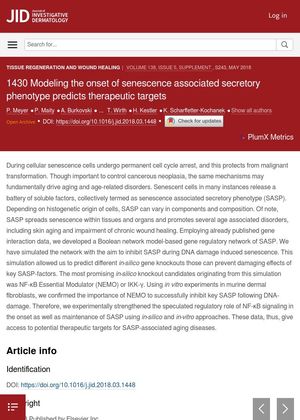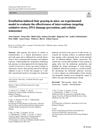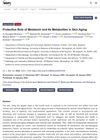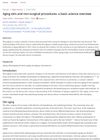Modeling the Onset of Senescence-Associated Secretory Phenotype Predicts Therapeutic Targets
April 2018
in “
Journal of Investigative Dermatology
”

TLDR The research found that blocking a gene called NEMO can potentially prevent harmful effects of aging at the cellular level.
The 2018 study "Modeling the onset of senescence associated secretory phenotype predicts therapeutic targets" focused on cellular senescence, a state of permanent cell cycle arrest that can protect against malignant transformation but also drive aging and age-related disorders. Senescent cells often release a variety of soluble factors, known as the senescence associated secretory phenotype (SASP), which can spread senescence within tissues and organs and promote age-associated disorders, including skin aging and impaired chronic wound healing. The researchers developed a Boolean network model-based gene regulatory network of SASP and simulated the network to inhibit SASP during DNA damage induced senescence. This simulation allowed them to predict different in-silico gene knockouts that can prevent damaging effects of key SASP-factors. The most promising in-silico knockout candidate was NF-κB Essential Modulator (NEMO) or IKK-γ. In vitro experiments in murine dermal fibroblasts confirmed the importance of NEMO to successfully inhibit key SASP following DNA-damage, suggesting potential therapeutic targets for SASP-associated aging diseases.


